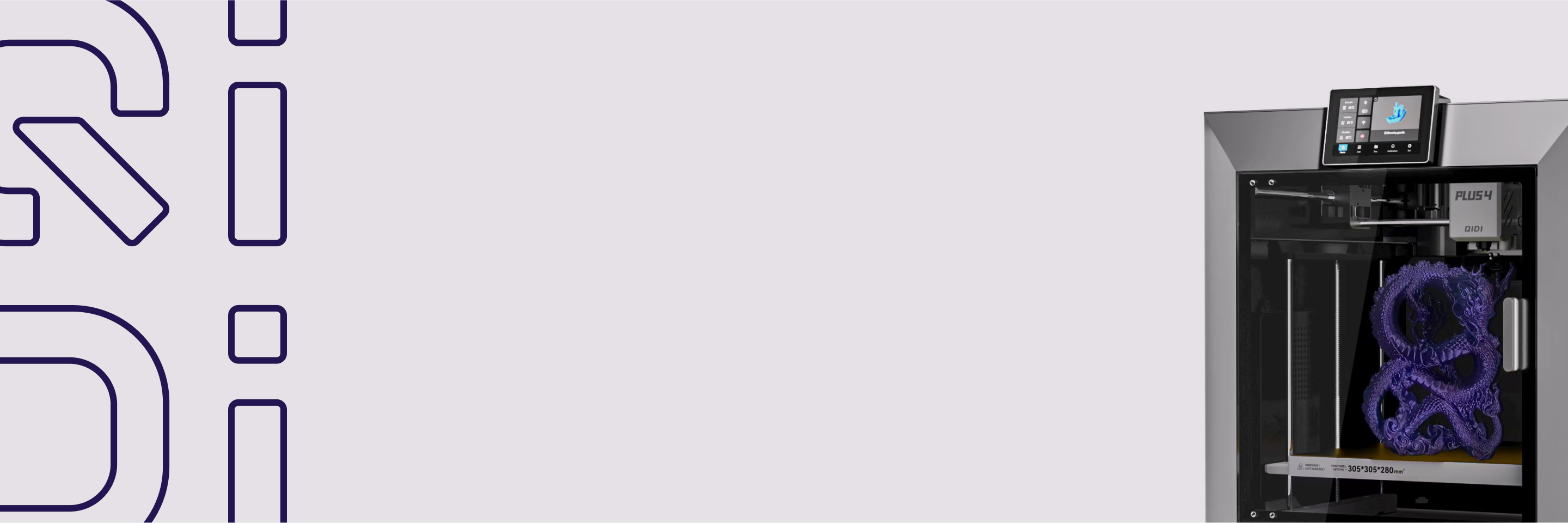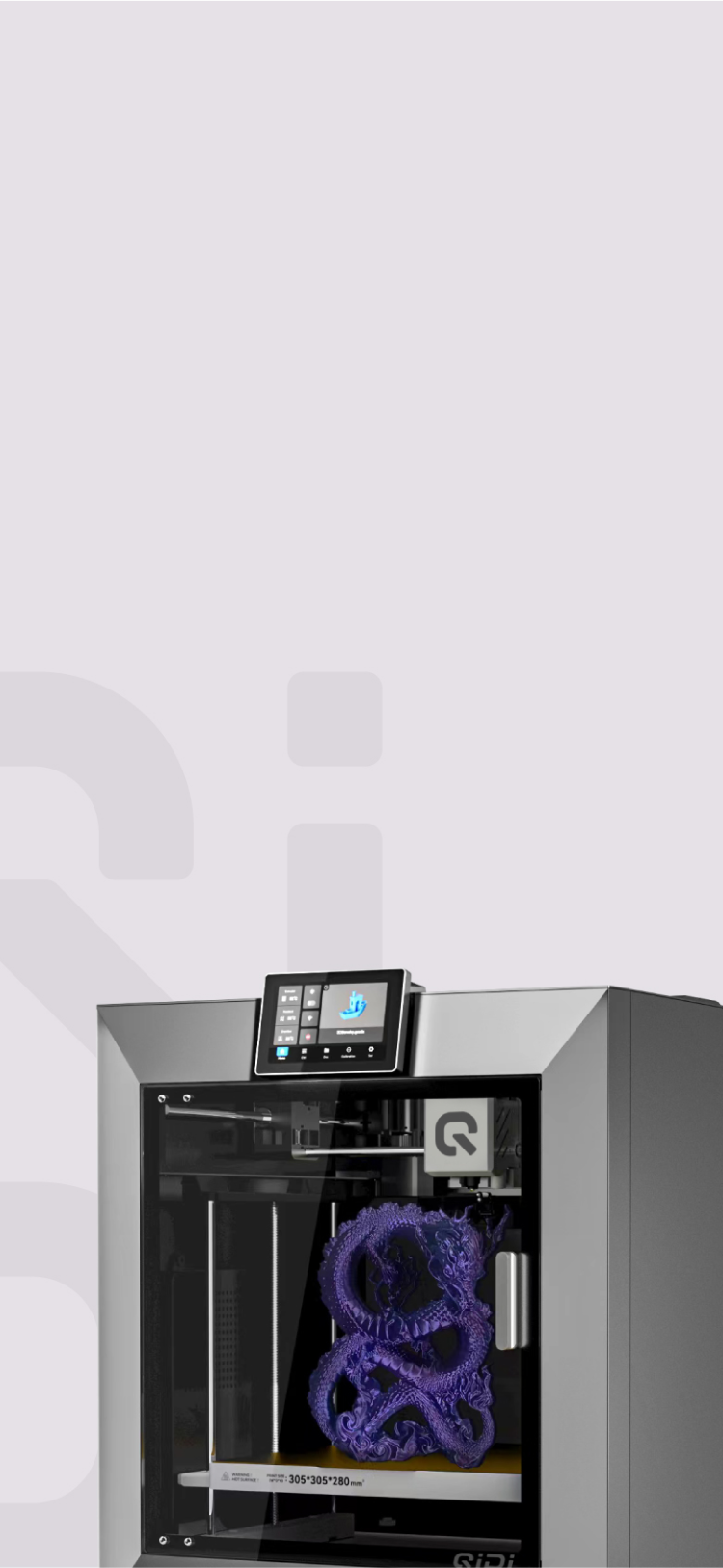Are 3D Printers Toxic? How an Enclosed 3D Printer Makes Home 3D Printing Saf

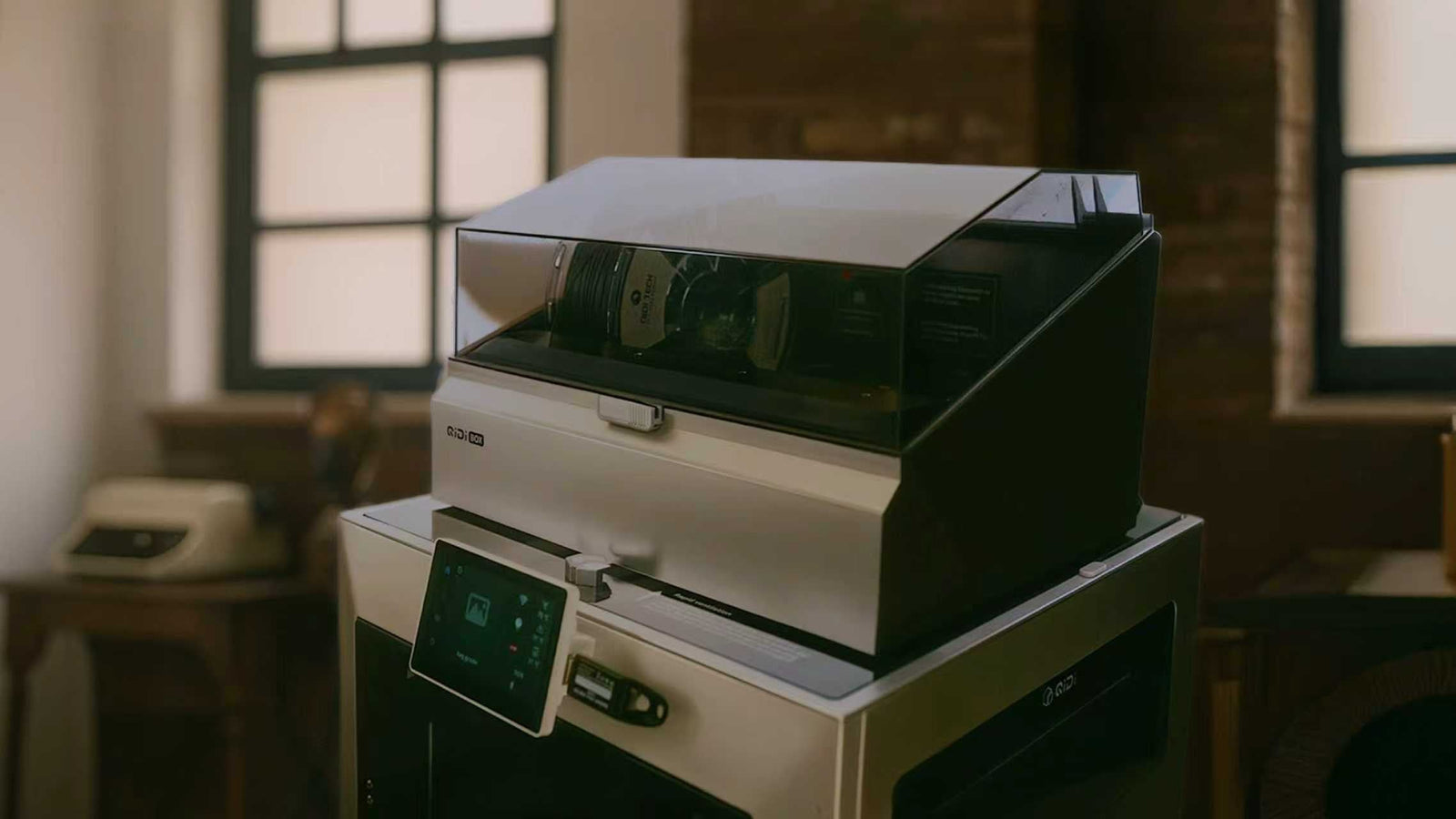
You enjoy the freedom and speed of 3D printing, yet the smell during long jobs can make a small apartment feel uneasy. The real question is what is in the air and how to keep family, pets, and roommates comfortable while you build. This guide gives practical steps grounded in current research and shows how an enclosed 3D printer with filtration turns concern into a predictable routine.
How Toxic Is Home 3D Printing?
Desktop systems can release two things that matter for indoor air: volatile organic compounds and ultrafine particles. Measurements from recognized programs show that fused-filament printers emit both, and that particle sizes can be small enough to reach deep in the lungs. Risk depends on material, job length, distance from the printer, and the air-exchange rate in the room. A careful setup keeps exposure in check without giving up capability.
Short PLA runs in a ventilated room tend to be easier to manage. Long prints with ABS, ASA, or nylon in a tight space call for stronger controls. Close the chamber, run filtration, and move air in a single direction with a duct or window fan while the job runs. This approach reduces both gases and particles and makes the environment more comfortable for anyone nearby.

Which Filaments Can You Use Indoors, and Which Require an Enclosure?
Material choice sets the baseline for emissions. Large chamber datasets and literature reviews show a consistent pattern. PLA generally sits on the lower end, PETG tracks in the middle, and ABS, ASA, and nylon sit higher for both particles and VOCs. Colors and additives also change results, so two spools of the same base polymer can behave differently. Build your plan around the filament you use most often and the size of your room.
Before the table, here is the key idea: match control strength to the filament and the space. If the room is small or the job is long, move one column to the right.
| Filament | Enclosure Needed | Filtration Suggested | External Venting Suggested | Notes |
| PLA | Helpful, not mandatory | Activated carbon optional | Basic window airflow | Lower overall emissions |
| PETG | Recommended | Activated carbon helpful | Window or fan assist | Mid-range profile; watch odor |
| ABS / ASA | Yes | HEPA for particles plus activated carbon for VOCs | Preferred when possible | Also improves warp control |
| Nylon | Yes | HEPA plus activated carbon | Preferred when possible | Often longer, hotter jobs |
These settings reflect trends reported across standardized chamber testing of material-extrusion printers. Treat the grid as a starting point and tighten controls when prints are long or the space is small.
How Does an Enclosed 3D Printer Reduce VOCs and Ultrafine Particles at Home?
An enclosure helps in three ways. It contains the print zone, so air flows in a predictable path. It lets you filter near the source. It stabilizes chamber temperature, which improves layer adhesion with higher-shrink materials and cuts rework. Pair a HEPA-class element for particles with activated carbon for gases to address both emission types close to the nozzle area. An enclosed 3D printer running this stack keeps room concentrations lower while a job is in progress.
Think in practical tiers that match your space and schedule.
- Good: closed chamber, window cracked, short presence in the room for PLA.
- Better: enclosure with activated carbon inside the chamber and steady room airflow for odor control.
- Best: enclosure with HEPA and activated carbon plus a duct or window fan that exhausts air during long prints.
These tiers mirror strategies used in indoor-air studies and help you right-size control without overcomplicating the setup.
What QIDI Safety Features and Filters Should You Choose at Home?
At QIDI, our enclosed architecture pairs controlled chamber airflow with a clear upgrade path for filtration. X-Max3 comes standard with a chamber-circulation fan and an activated-carbon air filter. X-Plus3 ships with the chamber fan and supports adding a carbon element when needed. For Q2, a 3-in-1 module combines a G3 pre-filter, an H12 HEPA element, and coconut-shell activated carbon to treat in-chamber air. Features and accessories may vary by model or production batch; please refer to your unit’s specifications and manual when ordering filters or replacements.
How to Print Safely at Home Step by Step
A home setup should feel calm, clean, and predictable. The routine below balances comfort with air quality so you can run fast prototypes or long engineering jobs without second-guessing.
Choose the Right Space and Control Airflow
Pick a room you can ventilate on its own. Place the printer on a stable surface with open space behind and above it so air can move freely. Create a single direction for airflow during 3D printing. A window fan exhausting outward or a short duct to a vent works well. If a duct is not practical, keep a window open and run a fan that steadily exchanges room air. Close the door during prints to limit the spread to living areas. Keep kids and pets out during long jobs.
Prepare the Enclosure and Filtration for the Material You Will Use
Close the chamber before every run. For PLA, a closed chamber and basic room airflow often suffice. For PETG, ABS, ASA, or nylon, use the enclosure with filtration engaged. Pair a HEPA-class element for particles with activated carbon for gases, check seals and fan operation, and seat any replaceable modules firmly. Confirm the exact filter configuration in your manual, since features vary across models.
Run the Job With Minimal Exposure and Simple Checks
Start the print, then step out and monitor through the viewing window or a camera. Keep the chamber door closed to stabilize the temperature and contain emissions. If odor rises more than usual, pause and verify that the carbon element has not reached the end of life and that your vent path is clear. Continuous exhaust helps during long ABS or nylon cycles. Avoid opening the chamber mid-print unless you are recovering from a failure.
Cool, Ventilate, and Maintain for Consistent Results
Allow the part to cool with the chamber closed. Then air out the room for a few minutes before removing the print. Wipe settled dust from interior surfaces on a regular cadence. Replace carbon when odor control fades or at the stated interval. Replace HEPA elements on their schedule. Store filaments dry to prevent moisture-driven reprints, which also reduces total exposure time. A simple log of material, chamber temperature, and airflow settings shortens tuning time on future jobs.
Print With Confidence and Peace of Mind
Home printing can be capable and comfortable with the right controls. Choose materials with intention, run an enclosed 3D printer with a filter stack that fits the job, and keep steady airflow or ducting during long runs. These steps track closely with current evidence on emissions from material-extrusion printers. Check your model’s documentation for exact filtration options and keep a spare carbon element on hand so the next project starts clean.

6 FAQs about 3D Printing Ventilation and Safety
Q1. How can I tell if my ventilation is adequate?
A: Use a simple “directional flow” check. Run a fan exhausting outdoors and hold a tissue near the door gap; it should pull inward. Odor should clear within minutes after printing. If smells linger or drift through the home, increase airflow or add ducting.
Q2. Do room air purifiers help with 3D printing emissions?
A: Yes, if they combine a true HEPA element with a substantial activated-carbon stage. Place the unit along the exhaust path, not beside the printer intake. Avoid ionizers or ozone features. Purifiers supplement an enclosure and venting but should not replace them.
Q3. How do I find and fix enclosure leaks?
A: With the printer idle, pass thin smoke or vapor along seams and cable pass-throughs. Proper setup draws smoke inward. Add weatherstripping, seal unused ports, and ensure the exhaust fan slightly exceeds intake flow to maintain gentle negative pressure.
Q4. What extra precautions are smart for apartments or shared spaces?
A: Schedule long jobs when the room is unoccupied, keep a photoelectric smoke alarm nearby, and store an ABC extinguisher within reach. Use a nonflammable tray or metal plate under the printer, avoid overloading outlets, and enable any built-in thermal protections.
Q5. How should I handle filters and printing by-products?
A: Let parts cool, then bag scrap and spent filters before disposal per local rules. Replace carbon when odor control fades; replace the HEPA on its stated cycle. Wipe beds with small amounts of isopropyl alcohol, recap immediately, and ventilate during surface prep.
Q6. How much airflow should I target for a hobby room?
A: Size airflow by air changes per hour. Use: CFM = room volume (ft³) × target ACH ÷ 60. Aim for 6–10 ACH in typical rooms; increase toward 12 during long ABS or nylon runs. Add a backdraft damper if you exhaust outdoors.


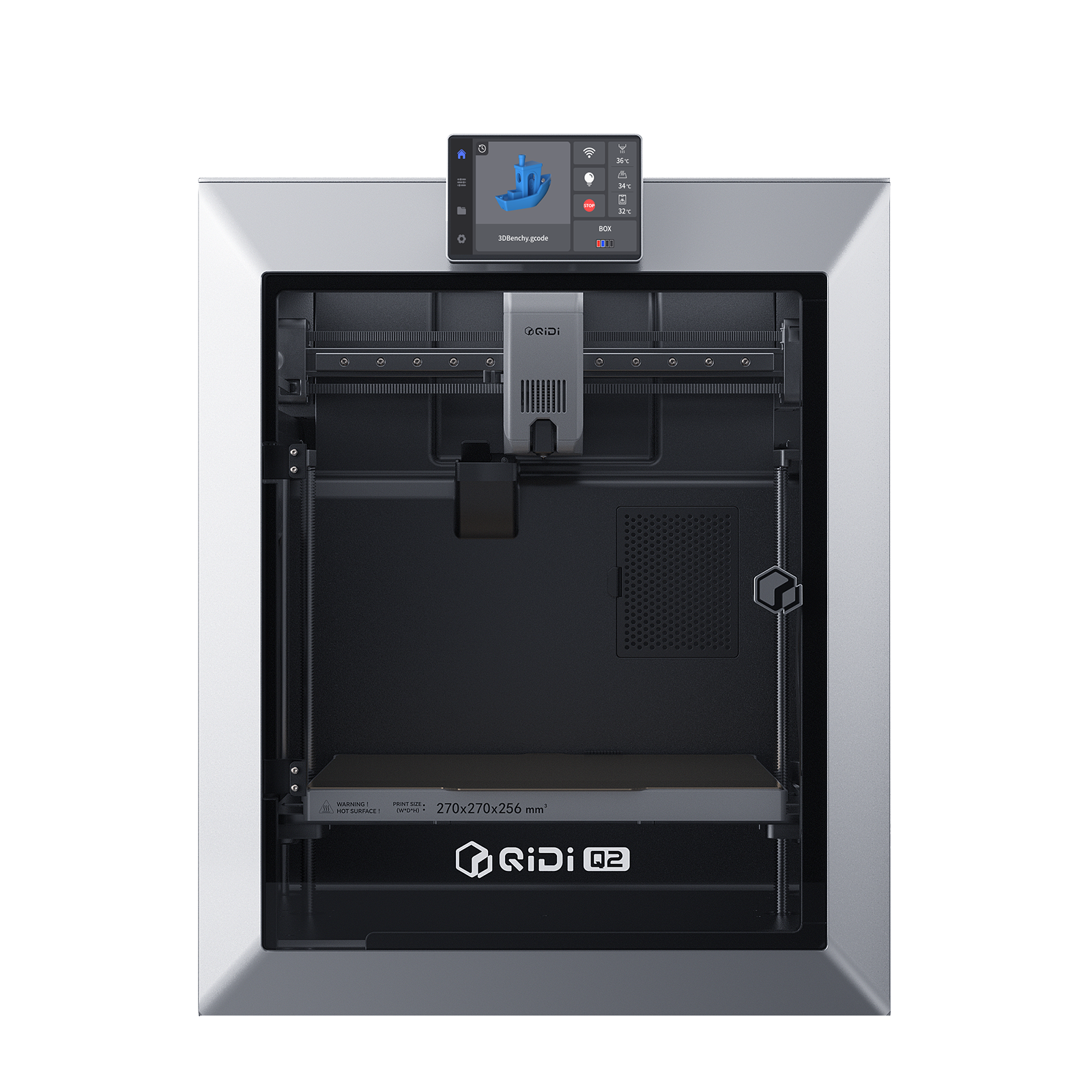 Q2
Q2
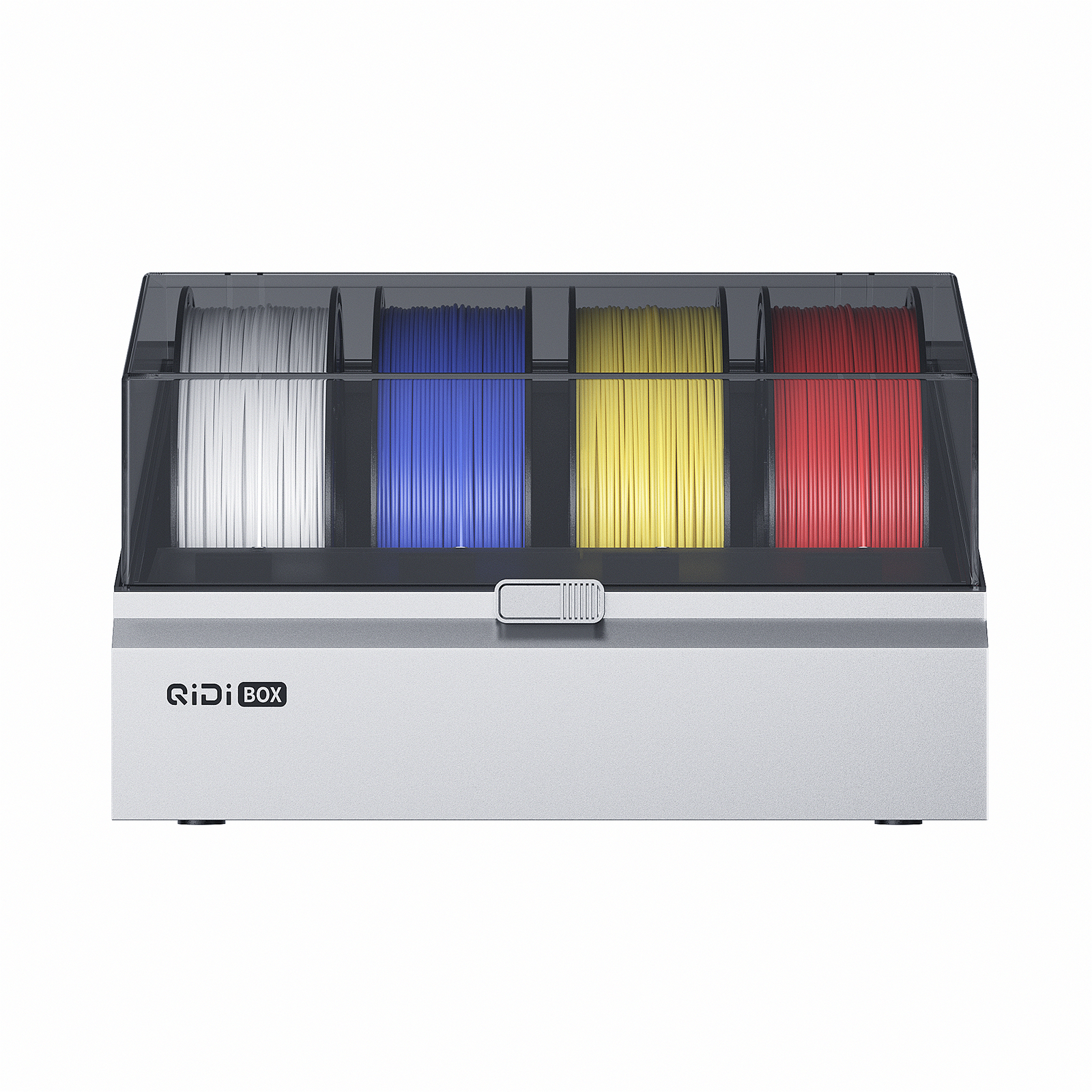 QIDI Box
QIDI Box
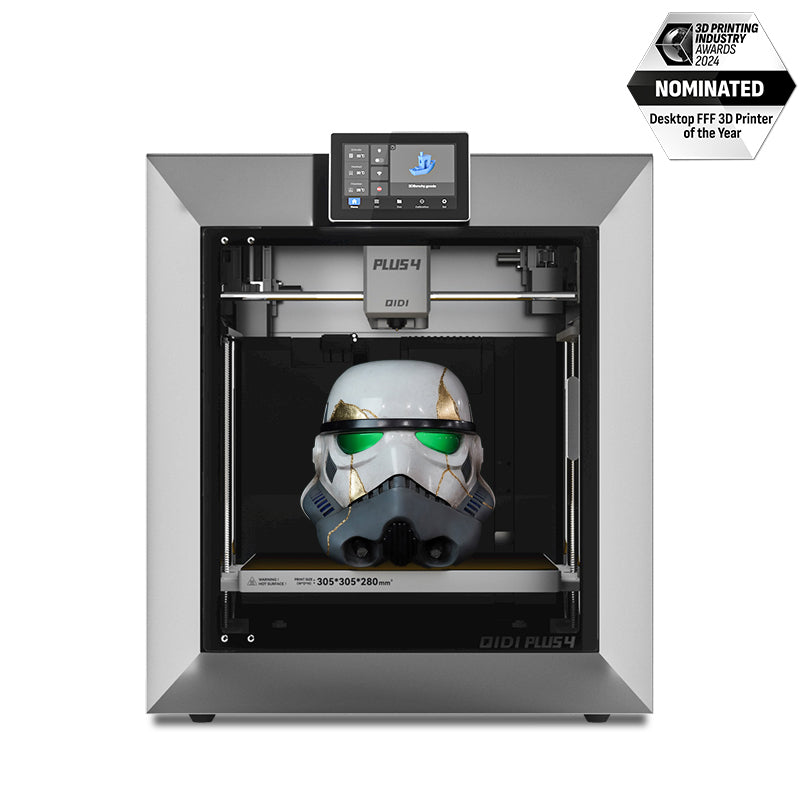 Plus 4
Plus 4
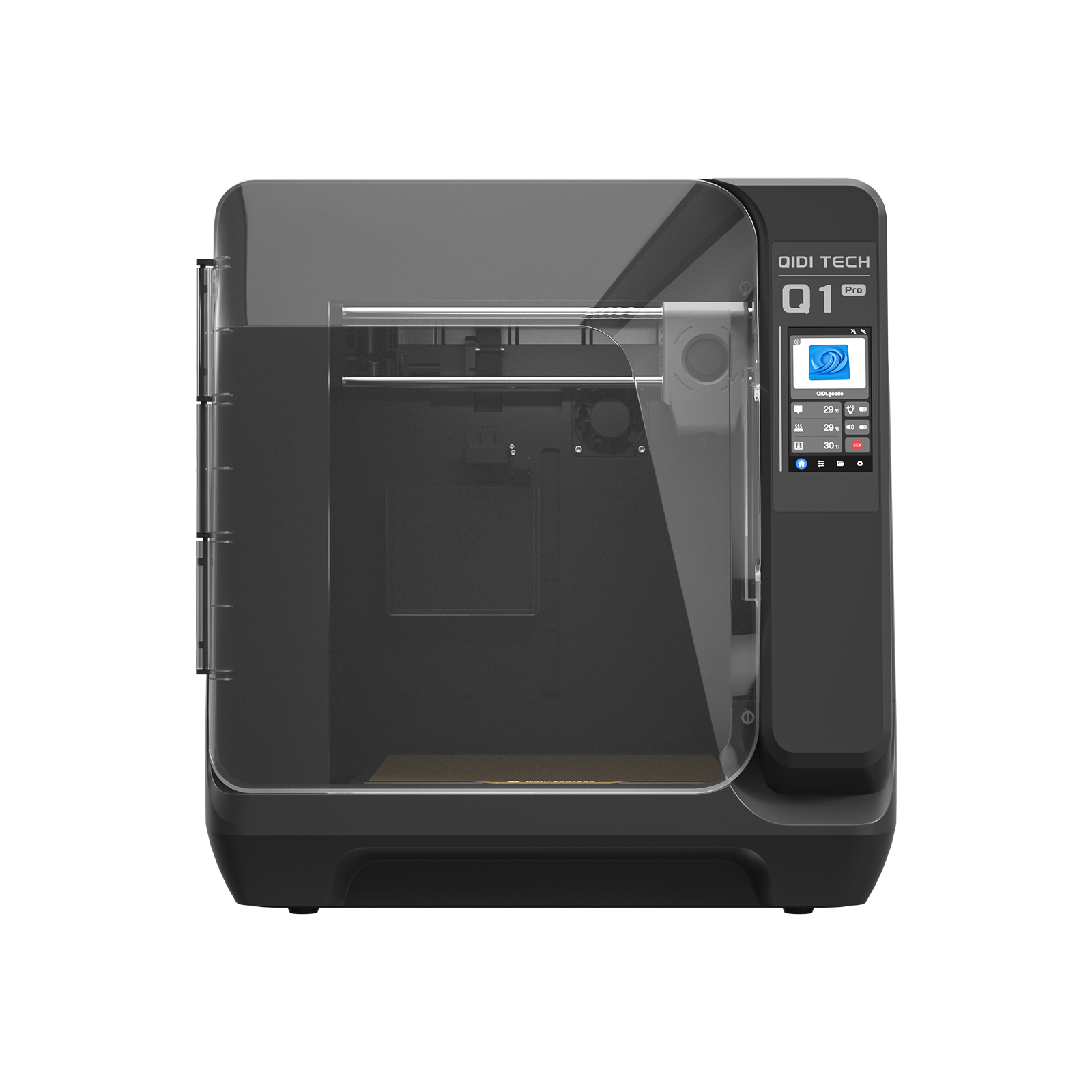 Q1 Pro
Q1 Pro
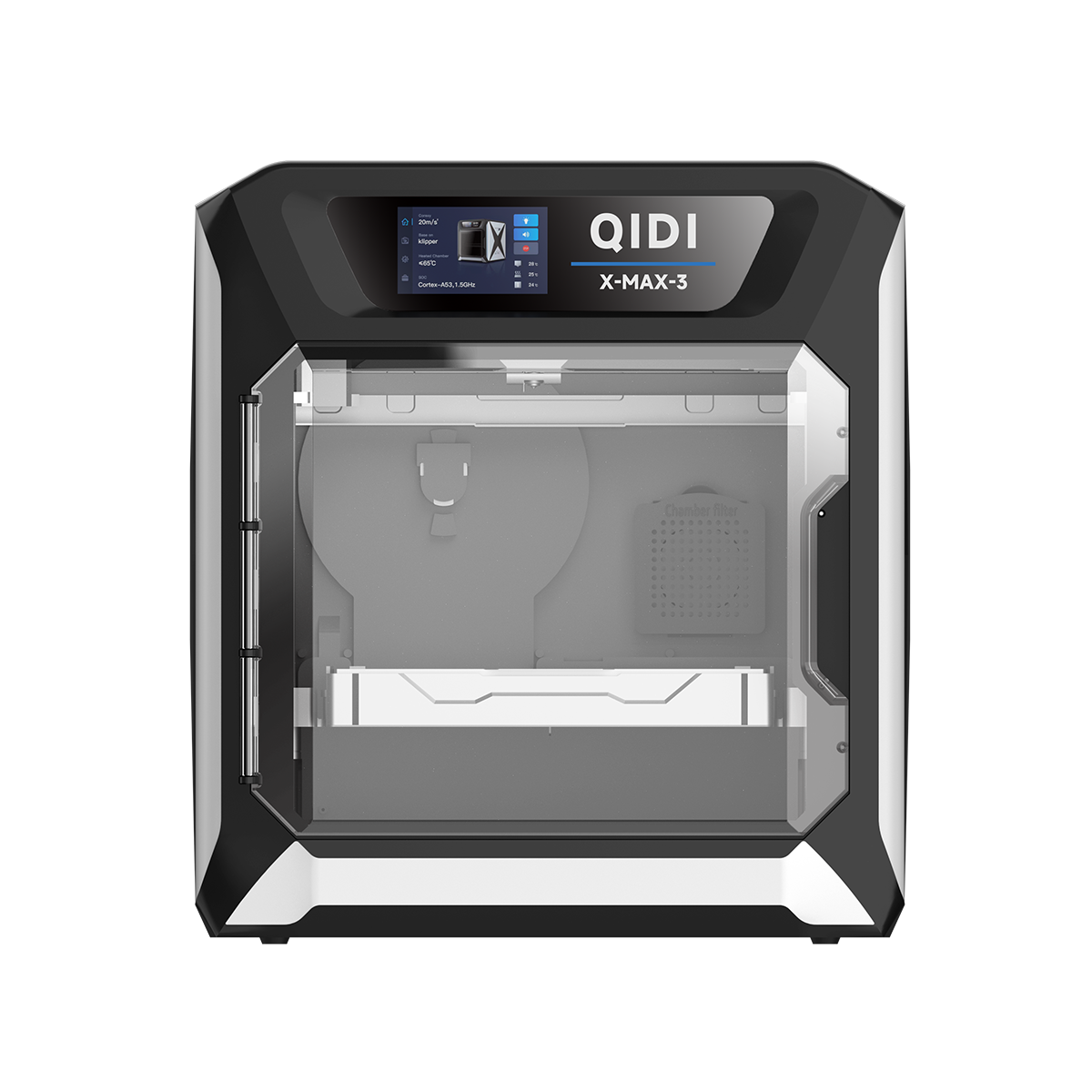 X-Max 3
X-Max 3
